There are lots of choices
Hand sanitizer was one of those products where I was convinced I’d find the marketplace flooded with cheap foreign imports. But I found just the opposite. I found example after example of products made in the USA, in most cases by companies that were founded in the USA and that have been manufacturing here for years. And in many ways, it shows what is possible when the government does its job, consumers educate themselves, and retailers respect both of them.
The history of hand sanitizer
Well, there really is no “history” per se. Hand sanitizer is essentially ethyl or isopropyl alcohol and water. Alcohol has been used as a medical antiseptic as early as 1363, with popular usage starting in the late 1800s. “Rubbing alcohol” (which refers generally to isopropyl or ethanol-based alcohol) started being popular in the 1920s as a liniment for massage.
GOGO Industries was the company that found a way to popularize hand sanitizer for the consumer market with Purell, which was invented in 1988 and introduced to the consumer market in 1997. It’s mostly composed of 70% ethyl alcohol, with the remainder of its ingredients being water and other additional ingredients to add moisturizers, fragrance, vitamins, preservatives, thickeners, and stabilizers.
Since then, hand sanitizers have become all the rage. I remember the first time I used hand sanitizer I was amazed. “You can wash your hands without soap and water?”
The CDC, of course, recommends proper hand washing with soap and water first, but if that’s not possible, recommends that any hand sanitizer you buy has at least 60% ethanol or 70% isopropanol as their active ingredients in order to kill most bacteria and viruses, but some in the media have disputed whether this is adequate against SARS-CoV-2 specifically. The WHO recommends 80% ethanol or 75% isopropyl alcohol. Ironically, you don’t want to go too high with a concentration of alcohol (say, 99%) because it’ll evaporate the moment you apply it without having a chance to penetrate the “corona” of the coronavirus. So 70% is a good rule of thumb.
How things went right during the COVID-19 pandemic
To explain what I mean, let’s go back to March of 2020. Everything was flying off the shelves: hand sanitizer, toilet paper, Clorox wipes, rubbing alcohol, face masks, and cleaning supplies. It was a simple case where the supply chain could not accommodate the sudden upsurge in demand, and of course as supplies weren’t replenished that drove up demand even more. Companies that could produce products typically prioritized production to hospitals and other front-line personnel. So it wasn’t uncommon to see price gouging and hoarding in the consumer market.
As legitimate brands worked hard to produce more product (most of them subjected to the COVID lockdown themselves), new products started to appear on the marketplace, but most of them from brands no one heard of. BLUMEN, MODESA, KLAR AND DANVER, LEAFREE, DURISAN.
The FDA kicked into action. They did extensive testing of products coming to market, since hand sanitizer is considered an over-the-counter drug. They found cases where a product was labeled as containing ethanol (ethyl alcohol) but instead contained dangerous methanol (wood alcohol) or propanal that could be toxic. It also found instances of microbial contamination and other impurities, which of course defeats the whole purpose of hand sanitizer. It released its findings in a regularly updated list of Hand Sanitizers you should not use. Note the huge amount of imports from Mexico and China that the FDA managed to block imports of.
Amazon, which in other categories makes its bread and butter by allowing “fake brands” to dominate their marketplace removed questionable products from its hand sanitizer category, even during a time when people were desperate and would have paid top dollar for anything.
And I’m most proud of the American consumer. There was just something in the American psyche where many of us just knew instinctively that there was something wrong with rewarding companies from a country that recklessly allowed the coronavirus out of their own borders. And so you could see more people reading labels. You could hear more people questioning whether they would trust the quality of a product from China. If we can do this for hand sanitizer, maybe we can start doing this for other products too.
And legitimate manufacturers continued to produce their products. They’d release new products to retailers which would go out of stock in seconds. (I can still remember the adrenaline rush when at 3 AM I managed to score a package of Clorox wipes; it was like winning the lottery). And in a nod to great American ingenuity, some smart companies who never produced hand sanitizer before introduced it as a product; Adam’s Polishes is a great example; they normally sell car detailing products but they quickly pivoted to produce a highly-rated hand sanitizer.
Today if you search “hand sanitizer” on Amazon, you see a glorious collection of hand sanitizers that are made in the USA, most of them from trusted brands that have been around for years.
Here’s a rundown of the best.
Best Hand Sanitizer Not Made in China – Quick Ranking
| # | Preview | Product | Rating | |
|---|---|---|---|---|
| 1 | Purell Advanced Hand Sanitizer | 4.9 | View on Amazon or Walmart | |
| 2 | Germ-X Original Hand Sanitizer | 4.8 | View on Amazon or Walmart | |
| 3 | Everyone Hand Sanitizer | 4.9 | View on Amazon | |
| 4 | Dr. Bronner’s Organic Hand Sanitizer Spray | 4.8 | View on Amazon or Walmart | |
| 5 | Fruit of the Earth Hand Sanitizer | 4.8 | View on Amazon |
1. Purell Advanced Hand Sanitizer
Purell hand sanitizer is the king of the hill of hand sanitizers. It’s manufactured by GOJO, a company founded by a husband and wife team in Akron, Ohio 75 years ago (Despite the exotic sounding name, the “Go” is short for “Goldie” and the “Jo” is short for “Jerry”, the names of the founders).
GOJO invented Purell hand sanitizer in 1988 and launched it as a consumer product in 1997–for a few years it had been distributed by Pfizer and Johnson & Johnson, but since 2010 they’ve distributed it themselves. It remains the #1 hand sanitizer brand on the market today, and continues to be produced today out of its facilities in Wooster and Cuyahoga Falls, Ohio, as well as France.
Purell contains 70% Ethyl Alcohol, which is that magic number that balances how effectively the alcohol can kill germs with how quickly (or not) the alcohol evaporates. They also have ingredients like glycerin that’s good for skin moisturizing and health. Another innovation that Purell introduced are denaturants which are harmless to your skin but which make the alcohol taste really bad, just in case your toddler (or weird uncle) is thinking of imbibing some. They also have achieved “Cradle to Cradle Certification”, which means a third party has reviewed their ingredients for quality and sustainability. And all indications are that GOJO is doing a responsible job of sourcing, even amid the pandemic (they have operations in the UK, France, Australia, Japan, Mexico, and Canada). Their reaction to the pandemic was also impressive–all the while consumers were upset because it was so hard for them to find bottles, Purell was working hard to find new, quality sources–including “out of the box” thinking like “borrowing” plastic bottle designs from other companies in order to meet the emergency supply demand (which I predict will become collector’s items).
The most challenging thing with Purell is figuring out what size bottle to buy. Here are your options:
- 1 liter bottles (case of 4) – This is the most popular for business use, as you get four bottles suitable for putting at your front desk. To save you the math, 1 liter is 33 fluid ounces, or about three 8 fluid ounce bottles.
- 8 fluid ounces (pack of 4) – This is the most popular for home use.
- 1 fluid ounce travel size (pack of 8) – And this is the most popular for use on-the-go
- 2-liter bottle – You can save a little money by buying in bulk and refilling and of the above bottles
You can also, of course, purchase individual bottles at retailers like Walmart and Target.
Pros
- NOT made in China
- 70% Ethyl Alcohol
- Most popular brand
- High quality ingredients and sourcing practices
Cons
- Isolated reports of product being “watery” and “not smelling right”, but most of these were made in the middle of the lockdown when production was understandably challenging
2. Germ-X Original Hand Sanitizer
Vi-Jon Laboratories (the company that owns Germ-X) is based in St. Louis, MO. In December it became a 100% Employee-Owned company. They have manufacturing and distribution centers in the greater St. Louis area, as well as Smyrna, Tennessee and Mount Juliet, Tennessee. Some clueless or nefarious users in the Amazon Customer Q&As are spreading misinformation that they’ve been acquired by a company in China, but nothing could be further from the truth.
That said, I was concerned when I visited my local CVS today and saw on the bottle that they only say “Distributed by Vi-Jon, Inc” but don’t have the Country of Origin anywhere on their bottle (which I didn’t think was legal). Making matters worse, on their Web site, they say “Formula Made in the USA” instead of a simple “Made in the USA”, which makes me wonder if they have plans to move production overseas. For now I’ll take them at their word on their Web site that they still produce all of their products out of one of those five manufacturing plants in Tennessee, but let’s keep a close eye on them. I’d hate to have to drop them from this list, but companies who think about expanding to places like China need to realize that they need to dance with the one who brought them, so to speak.
Germ-X contains 63% Ethyl alcohol (or 62%, if you go by their Web site), so it’s just above the minimum recommended by the CDC. Germ-X made its name during the pandemic by being able to stay in stock much more consistently than Purell. It now consistently is the #1 seller on all of Amazon due to its quality and its economical price point (at the right configurations you can score a per-fluid-ounce price of less than 10 cents).
If you’re looking for higher alcohol content, their “Advanced” formulation matches Purell at 70% Ethyl alcohol, but that’s been harder to find lately. You can pick up individual bottles at your local Walmart.
Pros
- NOT made in China
- 62% or 63% Ethyl alcohol
- Employee-owned, US-based business
- Contains moisturizers and Vitamin E
- Low price
Cons
- Pricey
- Fans can get loud in performance mode
3. Everyone Hand Sanitizer
EO Products (short for Essential Oils) has been in business for 25 years. It was founded by two entrepreneurs, Susan and Brad, in Marin County, California on the principles of using ethically sourced ingredients and researching, developing, testing, blending, bottling, marketing, and shipping all of their products from their family-owned, zero-waste facility in Marin Country.
EO maintains a brand called Everyone, which is their product line geared toward the mass market. The ethyl alcohol in Everyone Hand Sanitizer is made using sugar cane that is non-GMO. It comes in scents like Coconut and Lemon, Lavender and Aloe, Peppermint and Citrus, and Pink Grapefruit.
They also maintain their original product line called EO, which also derives its alcohol from natural sugar cane and, true to its name, uses natural essential oils. EO comes in Peppermint and French Lavender. The Peppermint is sourced from farms in the United States, while the French Lavender, appropriately, comes from farms in France (as well as Bulgaria).
What’s the difference between the EO and Everyone brands? If I read through their EO, their EO line is remaining true to their original mission of producing a product with a scent from essential oils suitable for aromatherapy, while their Everyone brand contains more “fun” fragrances that may use a more complex mix of ingredients like botanical extracts (but in neither case do they use synthetic fragrances, parabens, dyes, or phthalates). I do like that they are completely transparent not just with their ingredient list, but helping their customers understand them.
The company itself is my favorite kind of company. Despite being wildly successful, they’ve remained family-owned and true to the things that brought them success, including supporting their local community; stubbornly sticking to natural, organic, sustainable sourcing; and being a zero-waste company. Contrast that to the factories in China that no doubt are producing rivers of waste products.
I do notice that they have issues keeping products in stock, so be careful of third party Amazon sellers price gouging. You can also buy EO and Everyone brands in person at Walmart, Whole Foods, Sprouts, and Walgreens.
Pros
- NOT made in China
- 62% Ethyl alcohol derived from sugar cane
- Pleasant fragrance
- Available in spray or gel form
- Natural ingredients responsibly and transparently sourced
Cons
- Can be pricey (watch out for third party sellers gouging)
- Scent may be too strong for some
4. Dr. Bronner’s Hand Sanitizer
Dr. Bronner’s has a storied history and and even more storied present. It was a company founded over 70 years ago by Emanuel Bronner in Los Angeles, California and is a well-known name in the marketplace for all-natural products. It was most famous for its distinctive Castille Soap bottles that advertised multiple uses and featured lots of lots of writing on the labels. Today it generates revenues of over $120 million each year, and does an amazing job of maintaining an organic, sustainable and fair trade supply chain in the ingredients it uses for its products. You can see on its Web site how it uses Fire Trade suppliers in Sri Lanka, Samoa, Ghana, India, Kenya, Paraguay, Ecuador, Brazil, Israel, and Palestine to source specific products unique to each region.
Their hand sanitizer carries on the same tradition as their Castille Soap, right down to the excessive text on their bottles. It uses only organic products, including its 62% of Ethyl alcohol.
Pros
- NOT made in China
- Made in the USA
- 62% Ethyl Alcohol
- Certified Organic
- Unimpeachable supply chain and complete transparency in sourcing and ingredients
- Conscientious company that supports lots of worth causes
Cons
- Pricey
- Some users may not align with all of the brand’s activism
5. Fruit of the Earth
Fruit of the Earth is another great American entrepreneurial story. It was founded in 1980 in Texas and is still there as a family-owned and operated business. As with the companies we already talked about, they focus on using natural ingredients like aloe, vitamin E oil, cocoa butter, and essential oils. And of course, it’s manufactured in the USA.
wPros
- NOT made in China
- Made in the uSA
- 70% Ethyl Alcohol
- Contains Aloe Vera and Vitamin E
- Natural ingredients and formulations
Cons
- Some users didn’t like the smell
- Some users reported their hands feeling sticky
There are other promising brands made in the USA. The Honest Company‘s product looks like it’s made in the USA. Amazon’s private label Solimo is too, as it Pipette and Suave. I didn’t include them in the “best” lists because none of them make that big a deal about supporting their local communities on their Web site (meaning they are reserving the right to weasel out at some point). But for now, they are worthy choices too.
On a more personal note, I have to give props to Weeks and Leo, a company that typically manufactures private label products, but ended up launching its own brand, Antioch Pharma. It’s made in their facilities in Iowa, and it’s the brand I first encountered at my local CVS. Unlike others, they proudly put the American flag on their label. I’m a fan, and I’ll be buying more from them in the future.
But beware of others that are creeping their way back. Brands like Eco Finest, Artnaturals, Superfy, Smart Care, Sani+Smart, and many more. These are brands made in China that became popular during the pandemic when US-made products were unavailable, in many cases because they were diverting all their efforts to helping medical providers and first responders. I don’t blame consumers for buying made in China products during the crisis, but now that American brands are back and supply chains are flowing, there’s no longer any reason to keep buying from them.
Do you know of other hand sanitizers that have avoided the China trap? Let us know in the comments!
- Tags:
- hand sanitizer
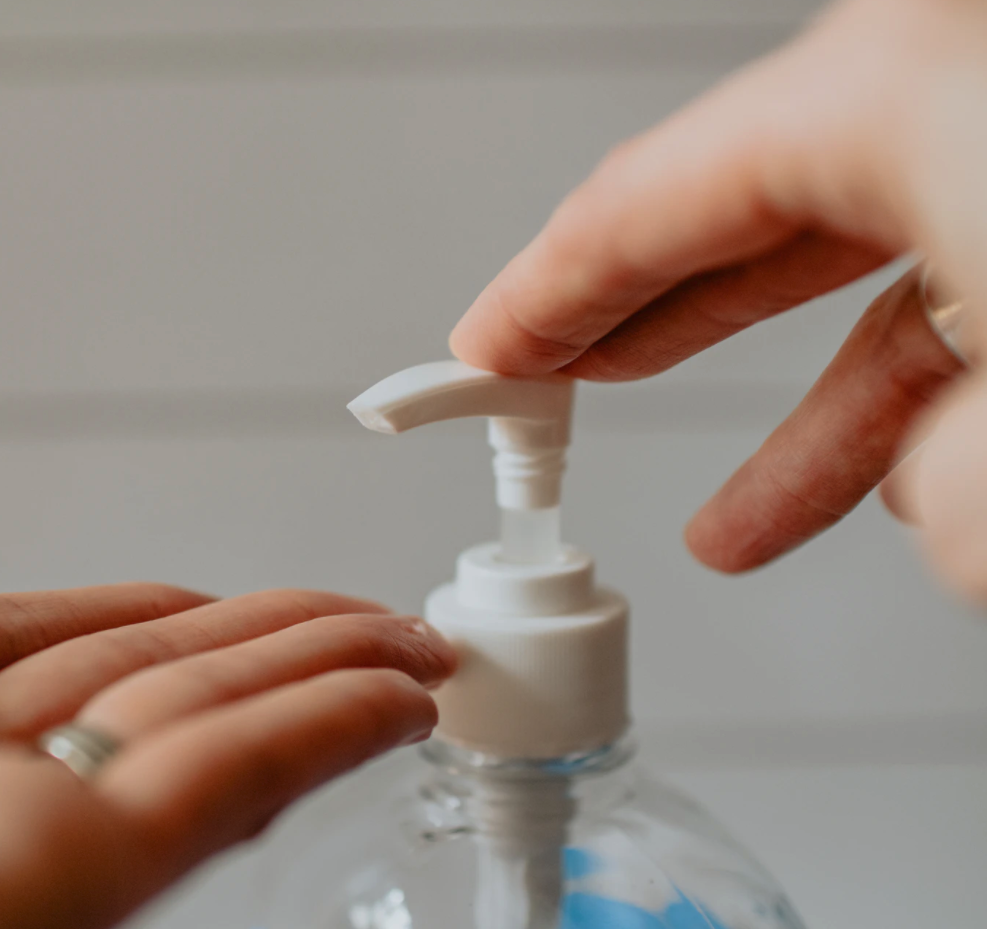
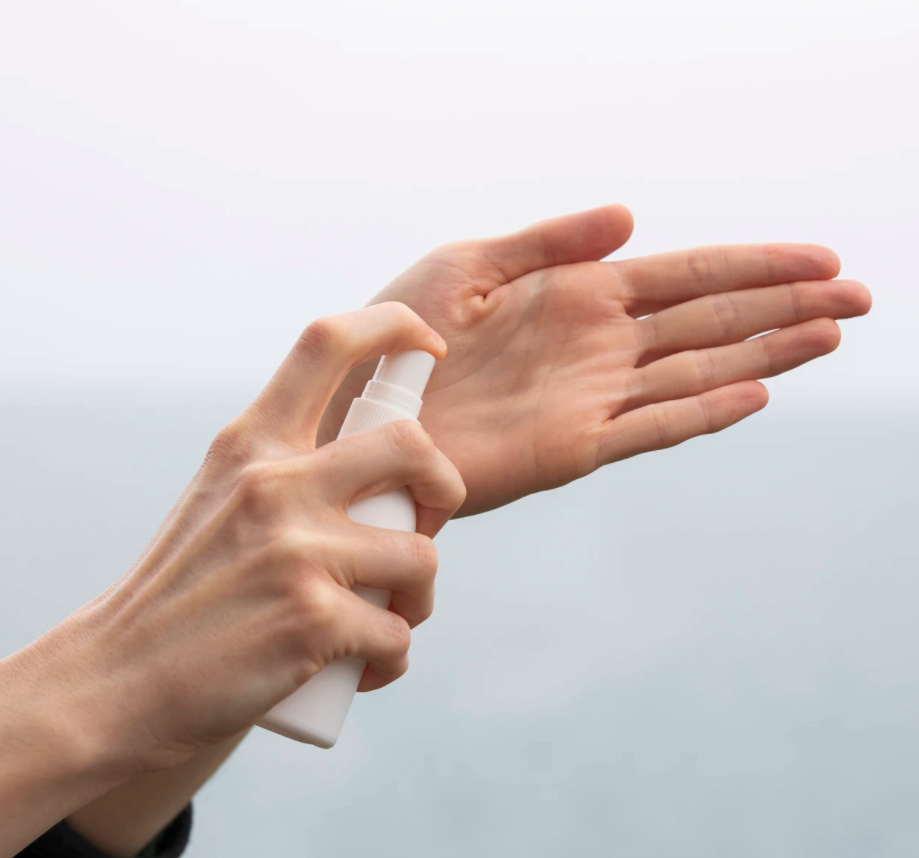
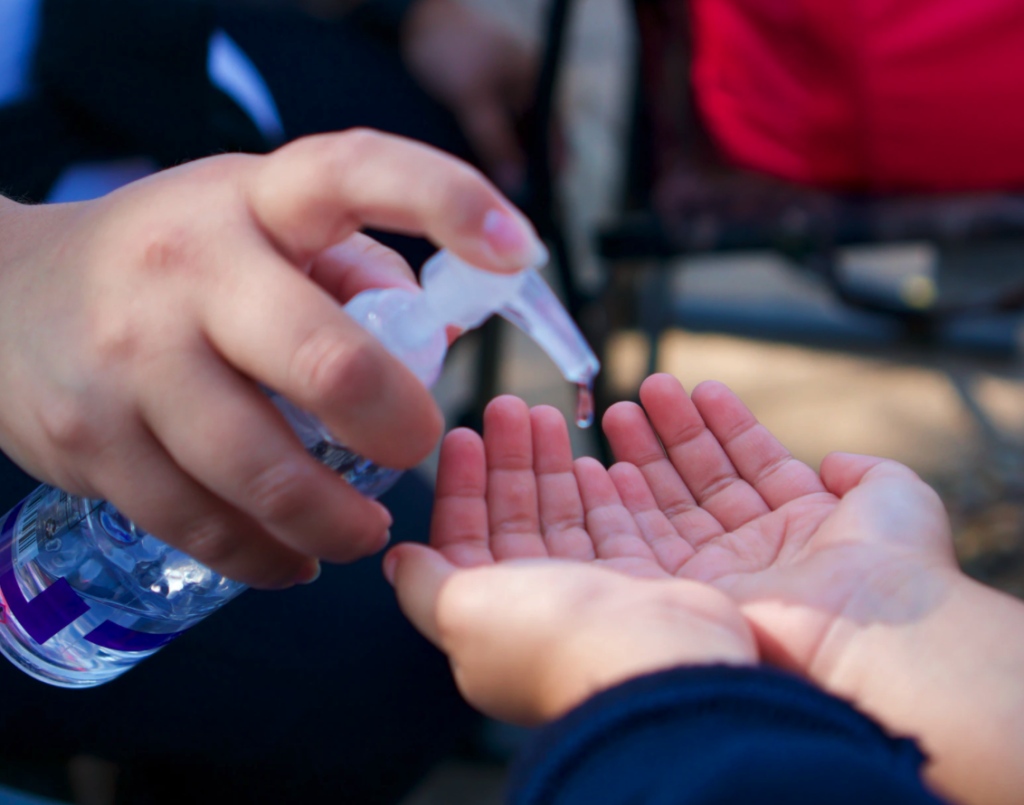
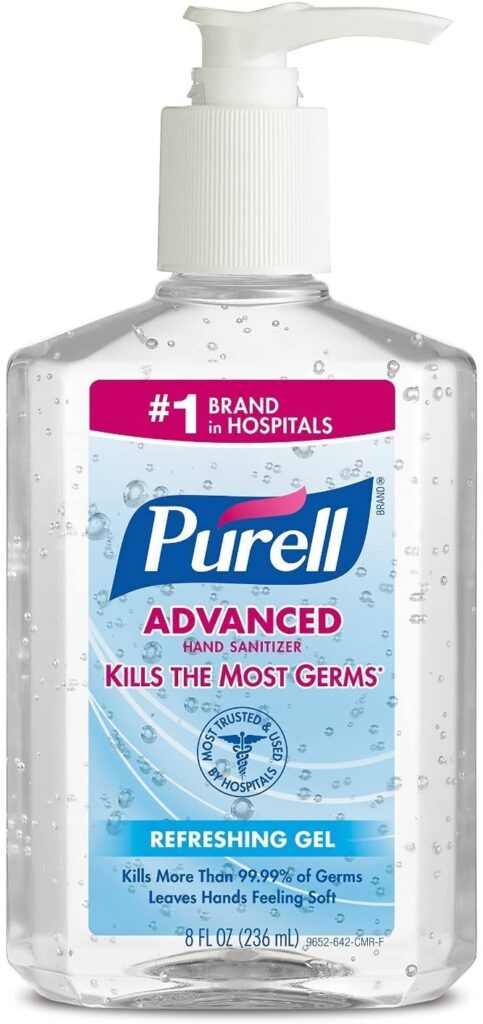
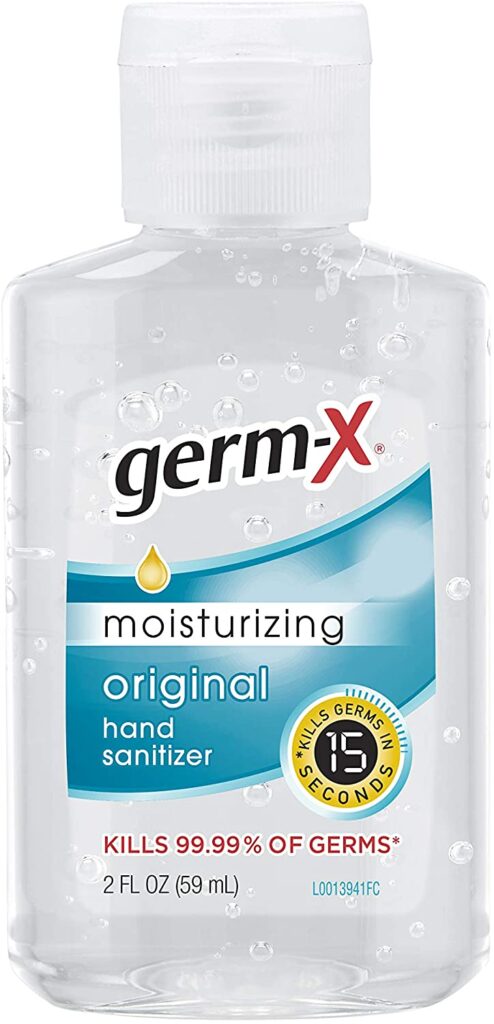
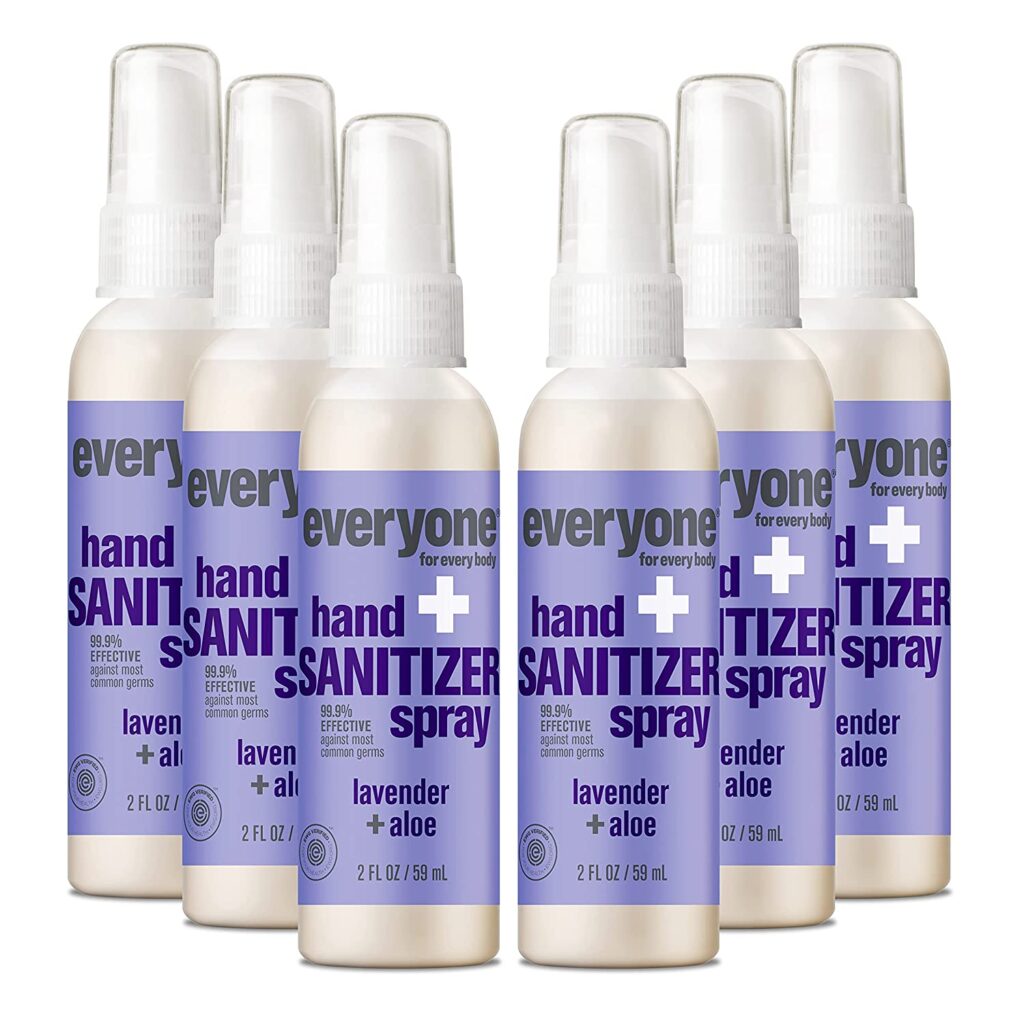
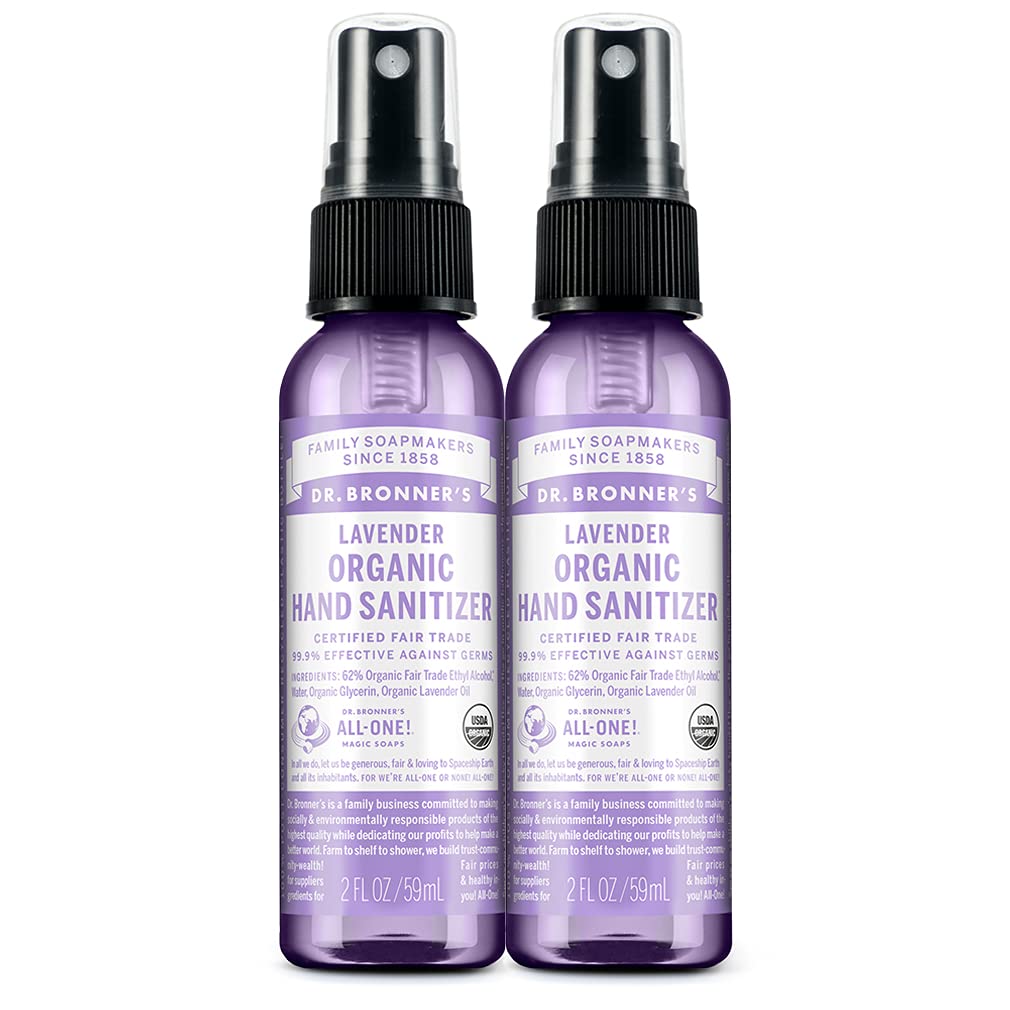
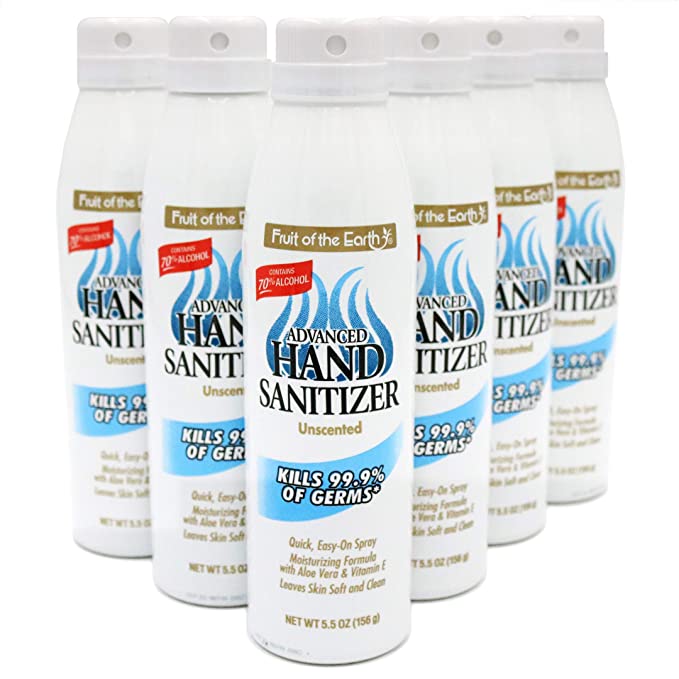
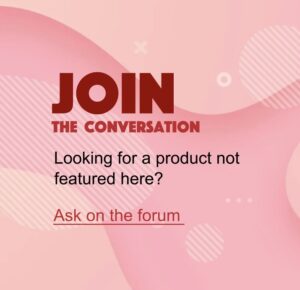
Avoid products from Dettol and Lifebuoy! These are very often made in China!